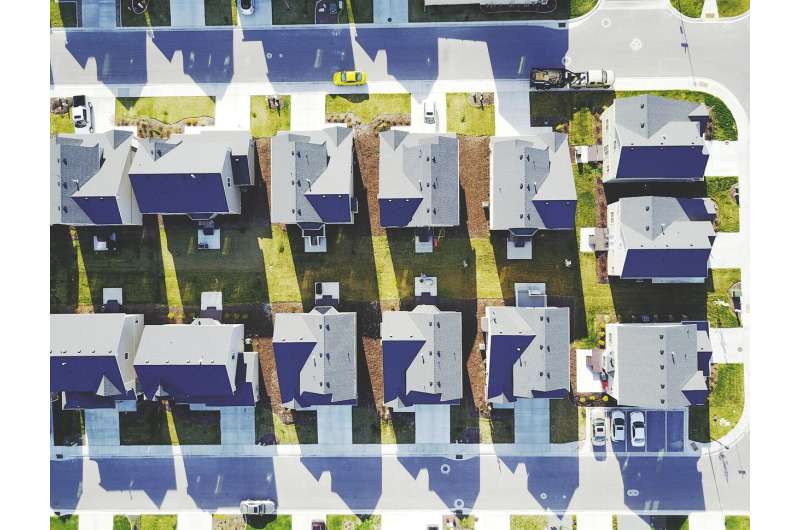Disparate impact of mobility behavior on COVID-19 infection risk for vulnerable communities


Although there is increasing awareness of disparities in COVID-19 infection risk among vulnerable communities, the effect of behavioral interventions at the scale of individual neighborhoods is not well understood. Having a more localized picture of activity before and after social distancing mandates could shed light on the disparate impact of COVID-19 on vulnerable communities and provide a tool for the design and evaluation of equitable, targeted public health interventions.
A team led by Constantine E. Kontokosta, associate professor of urban science and planning at the NYU Marron Institute and associated faculty the Department of Civil and Urban Engineering and the Center for Urban Science and Progress (CUSP) at the NYU Tandon School of Engineering, with the support of a U.S. National Science Foundation (NSF) RAPID grant, devised a method to quantify how behavioral responses to social-distancing policies vary with socioeconomic and demographic characteristics across communities.
In the study published in the Proceedings of the National Academy of Sciences (PNAS), “Exposure density and neighborhood disparities in COVID-19 infection risk,” Kontokosta and co-authors Bartosz J. Bonczak and Boyeong Hong from Kontokosta’s lab at the Marron Institute of Urban Management, Arpit Gupta from the NYU Stern School of Business, and Lorna E. Thorpe, from the Department of Population NYU School of Medicine, examined COVID-19 exposure density as a measure of the localized volume of activity in a defined area—and the proportion of activity occurring in distinct land-use types.
Using detailed neighborhood data for New York City and anonymized geolocation data from over 12 million unique devices the researchers evaluated the effects of localized demographic, socioeconomic, and built-environment characteristics on infection rates and deaths in order to identify disparities in health outcomes related to exposure risk.
With this information, garnered over a three month period beginning with the PAUSE order on March 22, 2020, the team developed a highly accurate method to quantify neighborhood exposure density, a measure of both the volume of human activity in a defined area and the proportion of activity occurring in nonresidential and outdoor land use areas, which are associated with an increased risk of exposure to others who may be infected. They used this approach to capture the flow of people in and out of communities, and changes in mobility behavior due to the pandemic for those that remained.
The team, focused on discerning how, in New York City, the first epicenter of the pandemic in the U.S., responses to social-distancing policies vary with socioeconomic, demographic, and built-environment characteristics. They:
- Developed a method for assessing neighborhood activity levels using smartphone geolocation data over a 3-month period (February, March, and April, 2020) covering more than 12 million unique devices within the Greater New York area, together with land-use classifications at 1-m grid resolution.
- Measured and analyzed disparities in community social distancing by estimating variations in neighborhood activity and associated patterns in community characteristics before and after the stay-at-home order.
- Evaluated the effect of exposure density on COVID-19 infection rates associated with localized demographic, socioeconomic, and built-environment characteristics in order to identify disparities in health outcomes related to mobility behavior.
The team’s findings demonstrated distinct behavioral patterns across neighborhoods after the stay-at-home order and that these variations in exposure density had a direct and measurable impact on the risk of infection: they found, for example, that an additional 10% reduction in exposure density city-wide could have saved between 1,849 and 4,068 lives during the study period, predominantly in lower-income and minority communities. The findings also suggest that the density of a neighborhood is less significant than mobility behavior in determining COVID-19 infection risk.
Kontokosta said, “Our findings provide valuable insights into how large-scale urban data can be used to develop new metrics for the timely evaluation of social distancing at the scale of individual neighborhoods can support a more equitable allocation of resources to vulnerable and at-risk communities.”
Source: Read Full Article




